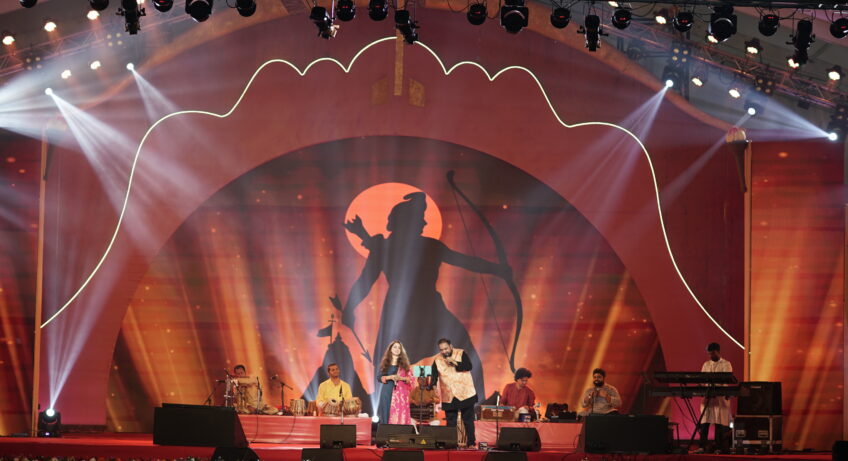This was followed by the National Tribal Dance Festival which was inaugurated at the Science College Ground, Raipur, by the Hon. Chief Minister, Shri Bhupesh Baghel in the presence of the Chief Guest Shri Hemant Soren, Hon. Chief Minister of Jharkhand; Shri Tamradhwaj Sahu, Minister of Tourism; Shri Amarjeet Bhagat, Minister of Culture and other dignitaries, on 28th October 2021. This was an extravaganza, commenced with a dazzling procession of all the tribal groups, in traditional outfits spreading vibrant energy. The tribal dance performances were showcased by Chhattisgarh, Madhya Pradesh, Andhra Pradesh, Orissa, Tamil Nadu, Telangana, Jharkhand, Gujarat, Assam, Uttarakhand, Himachal Pradesh, Ladakh, and Jammu & Kashmir.

